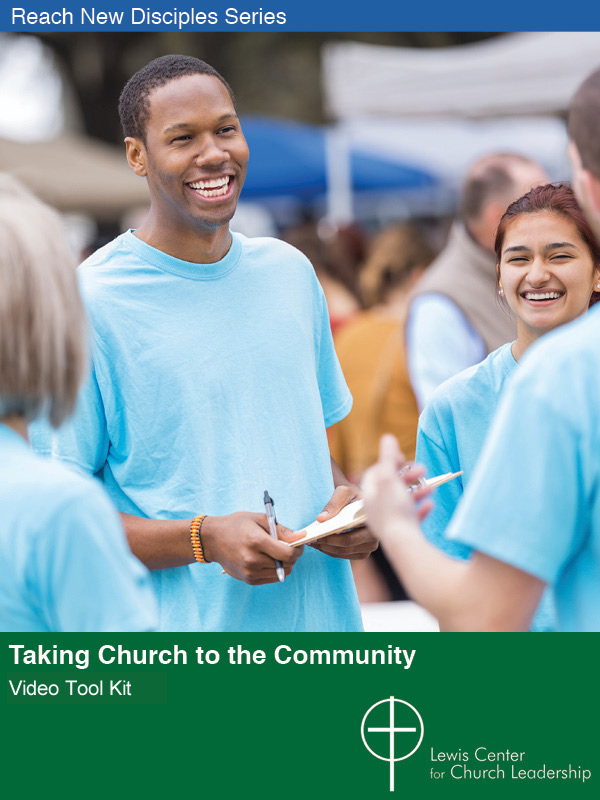While generational differences receive much attention, it is remarkable how people’s highest values tend to stay relatively constant from one generation to another. However, the way each new generation expresses those values tends to be different. This phenomenon appears to be happening today regarding the value of family.
Even with all these changes in the shape of family and households, people still share a strong commitment to family as a value. More than 80% say the family they live in now is as close as, or closer than, the family in which they grew up.
Today there is significant change from earlier experiences of marriage and family. Recent reports by the Pew Research Center and the U.S. Census Bureau name some of those changes.
- Decline in marriage. The percentage of married adults dropped from 72% in 1960 to just over 50% today.
- Delaying marriage. The median age of first marriage has increased to just over 28 for men and just over 26 for women. In 1960, 68% of all twenty-somethings were married; in 2008, just 26% were.
- Decline of married couples with children. The percentage of households headed by a married couple with children under 18 living with them declined to 21% in 2010, down from around 50% in the 1950s.
- Rise of single parenting. The percentage of children reared by a single parent is up to 25% in 2008 compared to 9% in 1960.
- Rise in children living with grandparents. The percentage of children under 18 living in a household that includes a grandparent grew to 10% in 2010. Of the 7.5 million children who lived with a grandparent in 2010, 22% did not have a parent present in the household.
- Rise in one-person households. One-person households grew to 27% in 2010 from 13% in 1960.
Family Remains Important
Even with all these changes in the shape of family and households, people still share a strong commitment to family as a value. According to the Pew report, the vast majority of adults (76%) consider their own family to be the most important and most satisfying element of their lives. More than 80% say the family they live in now is as close as, or closer than, the family in which they grew up.
Implications for Your Church
Such changes may suggest these and other implications for churches.
- Continue to talk about family, but be careful not to imply you have in mind only one model, lest you exclude many church members.
- Engage young singles in leadership just as you may already do with marrieds of the same age.
- Keep in mind the vast number of persons in your congregation who live alone by choice and still feel very connected to family.
- Like many in Generation Y, young pastors tend to be very family centric. It is important to honor that commitment to family in setting expectations, just as with other pastors.
- Recognize how much help parents (in one or two parent homes) need today, and find ways to be partners with them in the nurture of their children.
- Do an analysis of the types of households in your church and compare with community data. Are you reaching all the types of households in your community?
- Given strong commitments of parishioners to family, understand that church sometimes can become a competitor for the use of time needed for family.
The Pew survey found that at the same time there is much openness to changes in families, the public also feels some unease with so much change. Such unease may be even higher in some congregations. Many find some of the changes difficult because of the differences from their own experience. But congregations will do well to remember the power of grace as they seek to understand and serve people where they are.
Lovett H. Weems, Jr.
Sources: “The Decline of Marriage and Rise of New Families,” Pew Research Center, November 18, 2010; “U.S. Census Bureau Reports Men and Women Wait Longer to Marry,” November 10, 2010.







